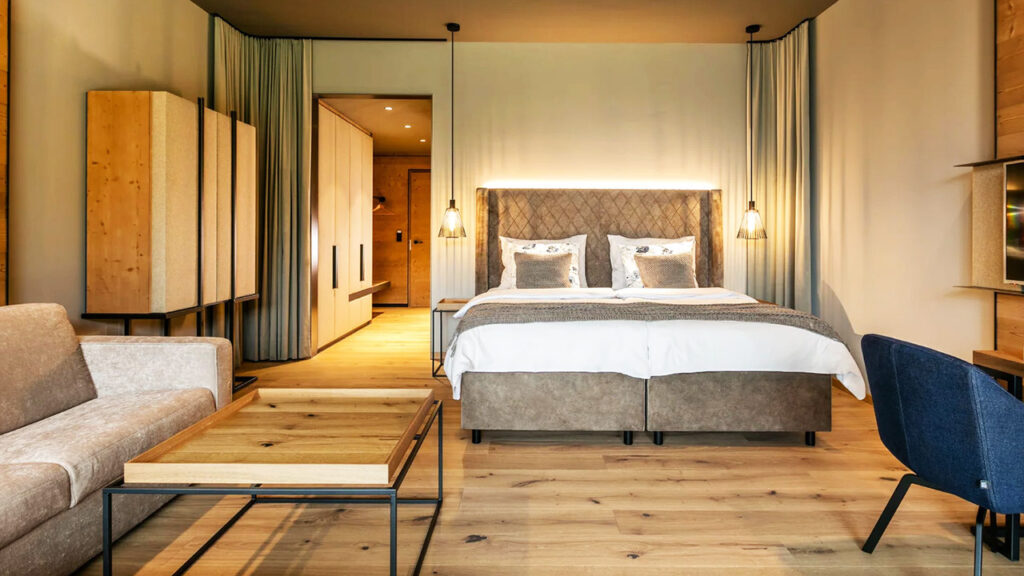Interaction of Light and Shadows
Illumination is just one part of lighting design. Darkness, without the touch of light and shadows, has a magical role in the total composition of a design. Light creates shadows and shadows enrich the objects and accordingly the total aspect of the environment.

Illumination is just one part of lighting design. Darkness, without the touch of light and shadows, has a magical role in the total composition of a design. Light creates shadows and shadows enrich the objects and accordingly the total aspect of the environment.
Well designed, beautiful spaces are not just appreciated with the balance of colors, materials, or themes but their own vividness with shadows; the final effect of natural and/or artificial light, a vital combination of light and dark.
Types of Shadows; Umbra and Penumbra
Umbra, hard shadows
The darkest part of a shadow is called the umbra. This shadow effect has sharp edges.
Penumbra, soft shadows
The lighter part of a shadow is called the penumbra. The distance and dimension of the light source determine the softness of the shadows.
Characteristics of lighting sources, used in an environment could provide hard or soft shadows and dramatic or soothing atmospheres.
Achieving shadows of various sizes and shapes are possible by luminaires with direct or indirect light distribution, with narrow, medium or wide beam angles.
Directional spotlights create hard shadows, but with indirect light distribution, it is possible to have soft shadow effects.
The Importance of Shadow Effects
Light can be perceived by having shadow and shadow can’t exist without light. So if there is light, there are also shadows that should be taken into consideration.
Natural or artificial light creates pleasant shadow effects that can revive any space. The dance of this couple shapes the architecture. But the importance is to catch the harmony, if not, space could be uncomfortable and unpleasant because of the complexity. Shadow features have a central role in human perception; clear forms and textures or vice-versa. An observer can perceive the depth and the geometry of the space, the positioning and dimensions of the objects. And since shadows form the differentiation between the dark and bright part, the aspect created would be more strong with this contrast.
The dynamicity of the shadows coming from different times of the day or from building elements enchain an interior or a façade, but on the other hand sharp shadows in a classroom or an office make the observer perception difficult.
Disappearance of darkness and shadows
Due to the increase of artificial light sources in our environments, we are losing dark zones and shadows. Of course, we need light for some security and functional issues in indoor and outdoor areas. However as discussed also in light pollution, by leaving some areas in the dark we can highlight the necessary areas, building elements, etc.
Another reason for losing dark is the growing use of glass and other translucent materials in architecture. Considering the maximum use of natural light this is a very critical issue that both the architect and lighting designer need to think about. The living shadows created by natural light, completely illuminated areas, and not having contrasts will make lighting design more difficult.
It is obvious that as a lighting designer, just using artificial and/or natural light is not enough since the design will remain weak only with the illumination. Additionally to proper lighting set up, with the acceptance of darkness and knowledge about shadow effects is possible to acquire a pretty well designed and rich environment.
Sources:
https://library.creativecow.net/articles/wise_rick/shadows.php
http://www.cindrebay.com/blog/light-and-shadow-in-interiors/
https://www.ee.co.za/article/the-importance-of-lower-light-levels-shade-shadows-and-darkness-in-lighting.html
https://sciencing.com/difference-between-umbra-penumbra-8625669.html






